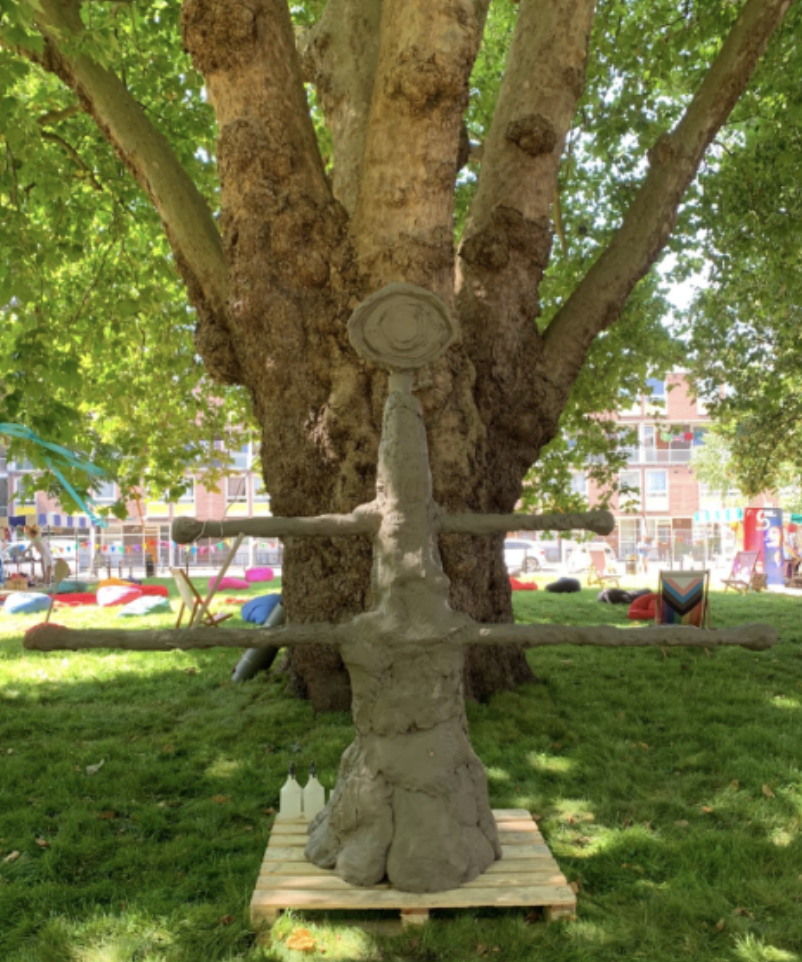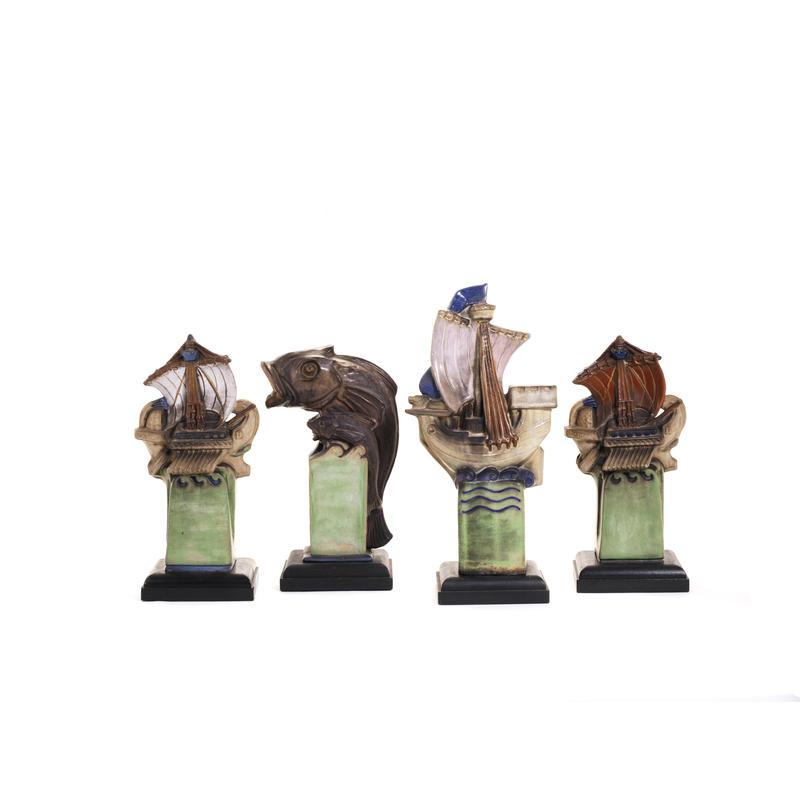The project works with a Space for Us and the Somers Town History Club using 3D modelling and 3D reconstruction to remake the lost Gilbert Bayes finial sculptures that were mounted on the communal washing line poles located within the social housing estates in Somers town during the social housing reform in the 1920’s and 1930’s. The collaboration develops a working methodology supporting community history work by introducing open source 3D scanning of the sites where the washing lines were originally located. The second stage involve the 3D digital fabrication of the sculptures by working from existing photographs, oral history and community knowledge.
As the project develops in various stages, it includes diverse participants and groups of beneficiaries such as local adults with long term engagement with the Somers Town history club and its public; long standing local residents of diverse ages; young locals interested in both the specific Bayes subject and the digital skills development component; children from local schools.
In the words of Elizabeth Wright, project lead: "The workshop was successful in introducing to the group through their own active capture some of the possibilities of digital 3D modelling. They particularly liked the AR and we had a rich discussion about how they might incorporate the digital workflow into the museum. Most of all we all had a lot of fun, great shared conversations and wonderful to meet residents who played as children in the air courts and to hear from another resident about his role as social housing officer and how other participant gathers knowledge of Bayes through oral history interviews".
So far, the project has revealed the potential of techniques such as photogrammetry, to expand understanding about how to archive historical material as part of the history museum, beyond the specific scanning of lost/damaged finials for the exclusive purpose of reconstruction. In line with this, 3D scanning activities, as proposed by the project, also have the capacity to engage diverse members of the locality as agents in the process of creating digital databases comprising sites, objects and local experiences, to be part of the forthcoming History Museum-A Space for Us archives.
In the eyes of the History Museum – A Space for Us, the project represents an opportunity to achieve a long standing goal of reconstructing key public realm sites via recovering and consolidating lost legacy. It also offers the possibility to initiate a longer lasting collaboration aimed at exploring 3D archival methodologies.
From the point of view of the BA fine Art practitioners, the project represents an opportunity to offer and test a methodology that enhances the ways in which the Community museum may be developed over time, and one which would support local residents to construct and communicate their local histories and knowledge in the longer term.
- Arts, Culture & Heritage
Participatory Place-Making: Collaborative (Re)construction of the Local History
Empowering disadvantaged neighbourhoods to co-produce / (re)discover their local history through intergenerational collaboration is an important part of and a way to capture and protect city’s heritage. ...

